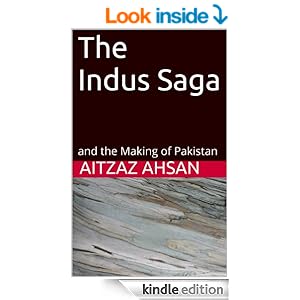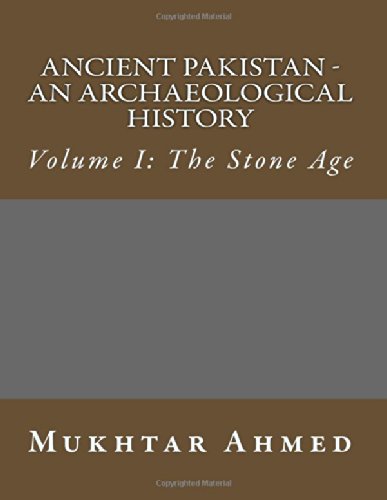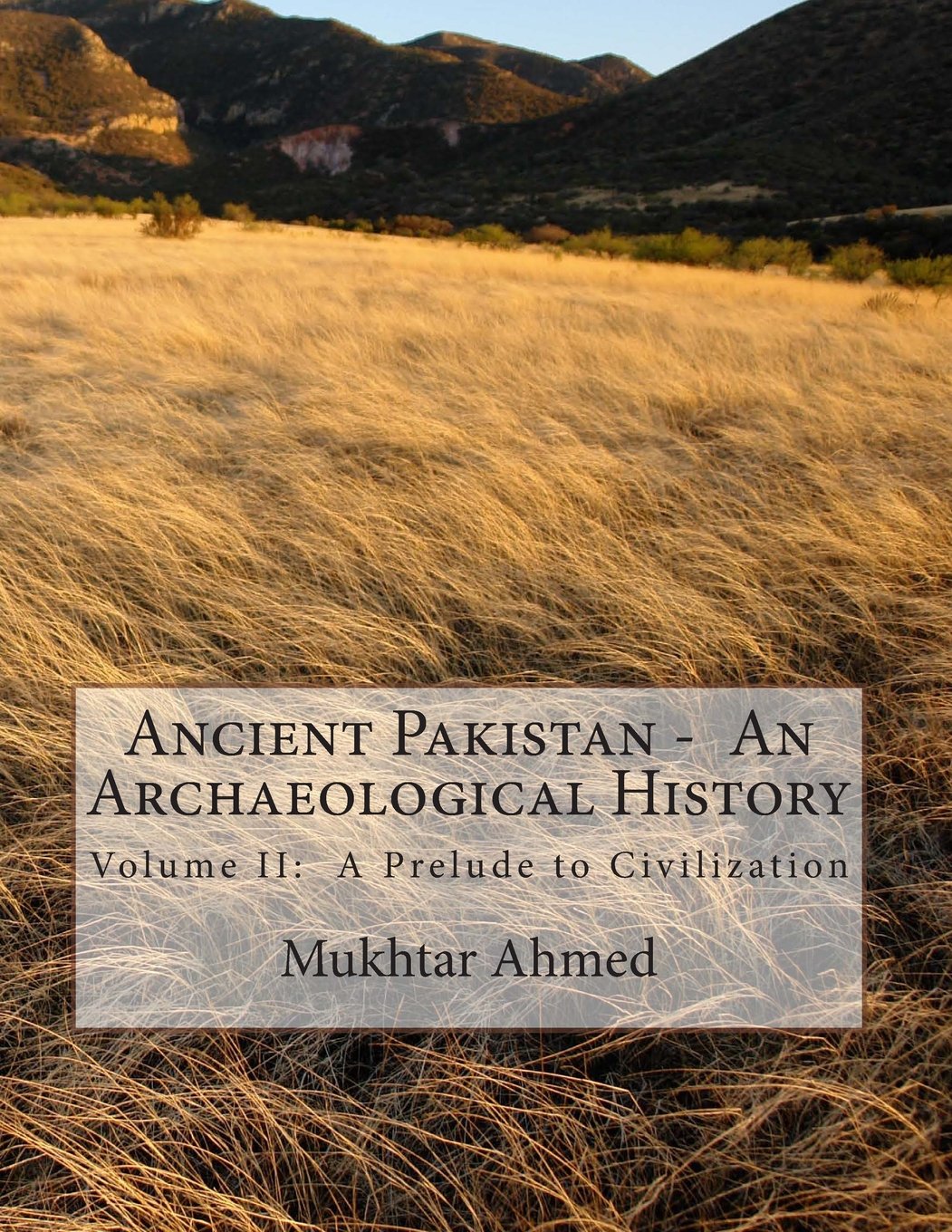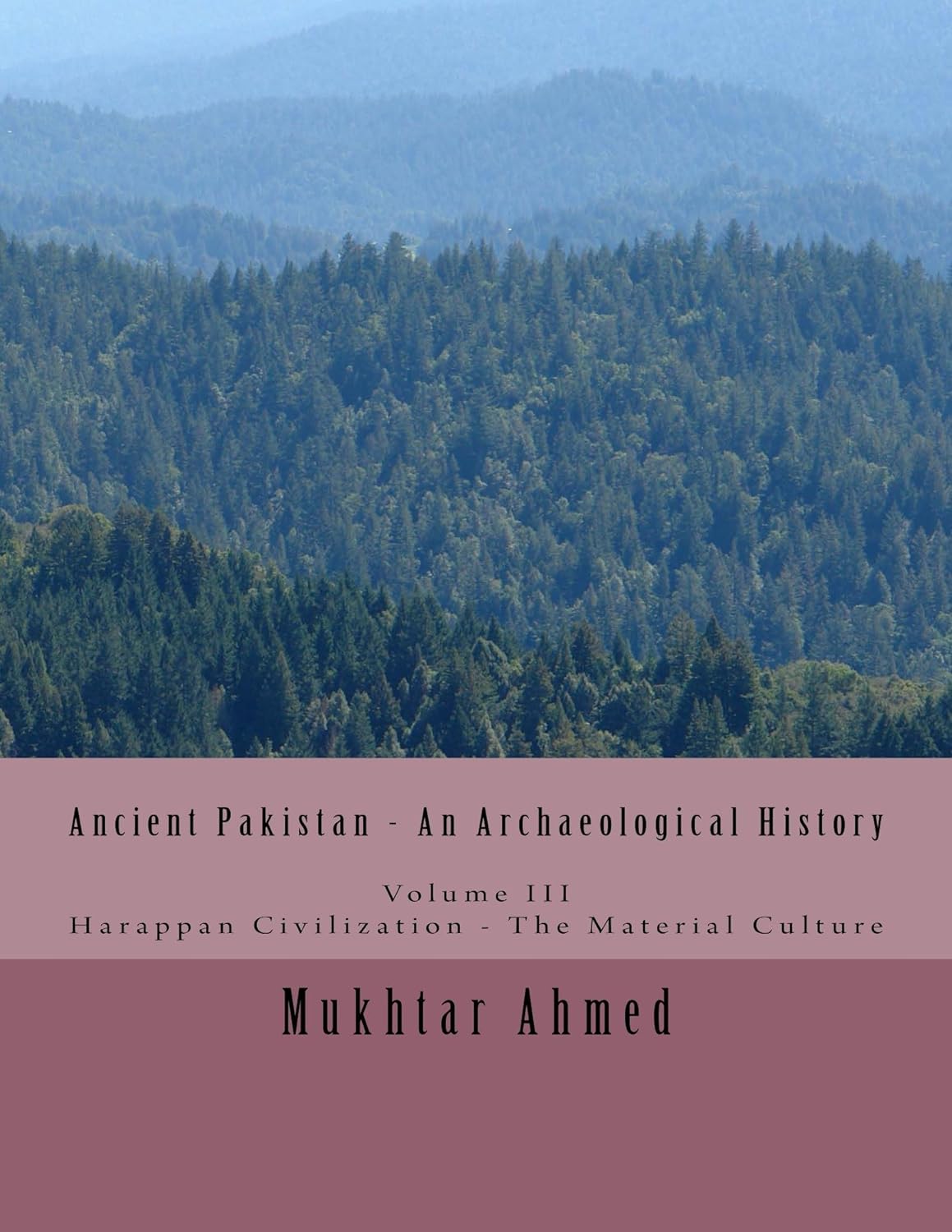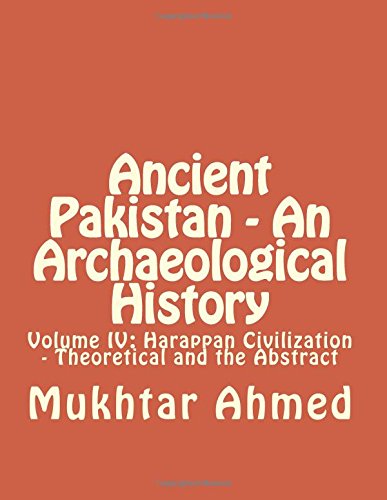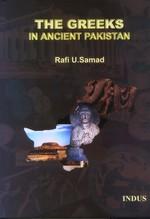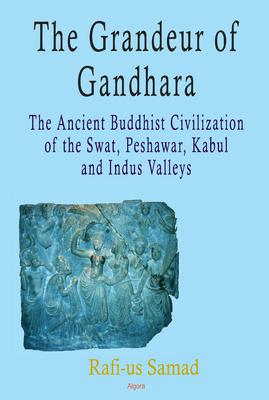Indus Pakistan
BANNED

- Joined
- May 7, 2012
- Messages
- 20,487
- Reaction score
- 182
- Country
- Location
This thread is dedicated to being a resource base on Ancient Pakistan. We will list any books, websites or academic publications that deal with the ancient history of Pakistan. Only information that is about the history of Indus Basin/Pakistan or substantively so should be posted here.
I begin this by acknowledging the work of Pakistan's celebrated archaeologist the late Prof. Ahmad Hasan Dani. For five decades he has worked on the Indus Basin, Pakistan one of the world's greatest archeological treasures in the same category as Egypt. It would be appropriate to say what "Nile is to Egypt Indus is to Pakistan".
Prof. Ahmad Hasan Dani has always argued that to understand Harappa or Mohenjo Daro one has to look at the Central Asian connection. In doing so he has ran into the much touted fantasy of many Indian's - the so called Dravidian connection.
He was appointed lifetime director of the Taxila Institute. Over the years he has been awarded Hilal-e-Imtiaz by Pak government, Legion de'honneur by the President of France, Order of Merit by Germany,Knight Commander by Italy and in 2004 was awarded the title of "'Distinguished National Professor" by Higher Education Commission of Pakistan. He could speak over 15 languges from Sanskrit, Persian, Arabic, French, Italian etc.
I see him as the guardian and custodian of our history. He has gone but he has left us incredible legacy and he has inspired a whole crop of Pakistani's who no doubt will contribute to writing of our history which only Egypt or Mesoptomia can match. What went on thousands of years ago on our land, the Indus Valley helped to shape the world history.

* Ahmad Hasan Dani - Wikipedia, the free encyclopedia
* Obituary: Ahmad Hasan Dani | Science | The Guardian
University professors, professionals and students showered praise on Dani at a memorial seminar held at Quaid-e-Azam Univeristy (QAU) on Wednesday. The seminar, which marked Dani’s 93rd birth anniversary, was organised by QAU’s Taxila Institute of Asian Civilisations (TIAC).
An authority on South and Central Asian archaeology and history, Dani published over 30 books, taught as a professor of history and archaeology at different universities and made several archaeological discoveries including the excavation of a pre-Harappan site in Rehman Dheri and of Gandhara sites in Swat, Peshawar and Dir during his career. The government awarded Dani the Hilal-e-Imtiaz — Pakistan’s second-highest civilian award — in 2000 for his achievements and contribution to the Humanities. He was serving as TIAC’s honorary director at the time of his death. Dani a ethnic Kashmiri was born in British India, on June 20, 1920. He died in Islamabad on January 26, 2009, at the age of 88.
Ali Beg, a friend of Dani, said he was a well-known figure from Dushanbe, Tajikistan, to Tashkent, Uzbekistan, because of his extensive research in Central Asia. “Dani was like an ambassador of Pakistan in Central Asia,” said Beg, who had travelled with Dani through Central Asia back in 1993. Click below on the link and see how Prof. Dani blows the Dravidian bubble.
* Ahmad Hassan Dani Interview Contents
Below is the link to youtube where you will hear the discrimination the young Dani had to face from the Hindu administration at the Banaras University before 1947. He had to eat alone in a separate room.
*
I would strongly suggest that patriotic Pakistani's buy at least one book and even if you don't read it donate it to school or the local library. In doing this your supporting our history and spreading the knowledge of our gereat past to others, something that I feel we have terribly neglected and in doing so allowed a gready neighbour to claim what is ours. Time to take back the greatness of our forefathers.
History of Pakistan: Pakistan Through Ages Hardcover – 8 Oct 2007
by Ahmad Hasan Dani
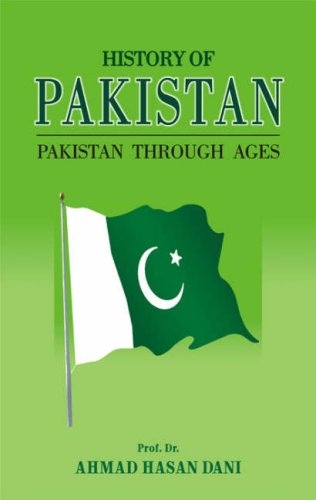
The historic city of Taxila Paperback – 1986
by Ahmad Hasan Dani
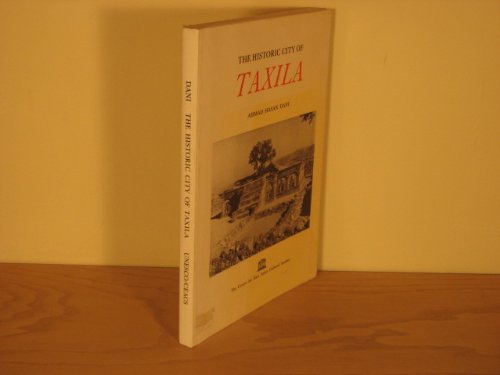
Recent Archaeological Discoveries in Pakistan Paperback – Dec 1988
by UNESCO
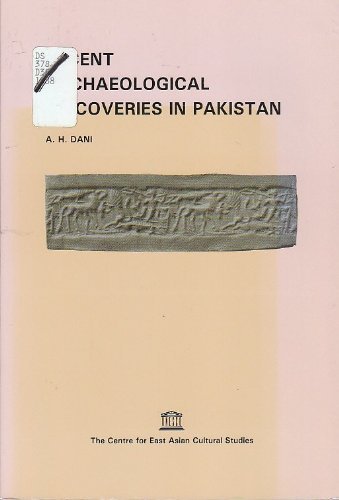
human civilization along the Karakoram Highway Monuments(Chinese Edition) Paperback – 1991
by (BA ) Dani & ZHU
Our Chinese friends might be interested in this.

Central Asia Today Hardcover – 22 Jun 1996
by Ahmad Hasan Dani
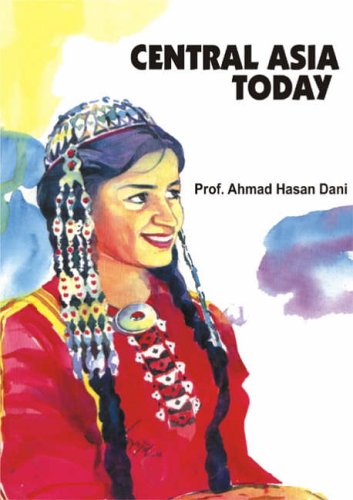
New Light on Central Asia Hardcover – 20 Mar 1996
by Ahmad Hasan Dani
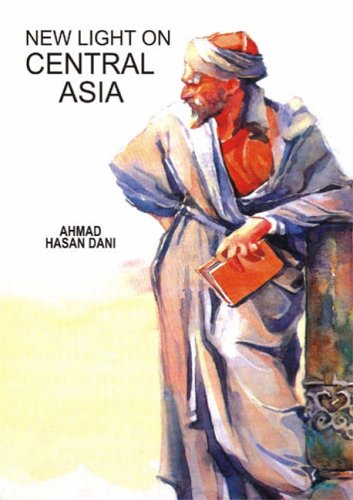
I begin this by acknowledging the work of Pakistan's celebrated archaeologist the late Prof. Ahmad Hasan Dani. For five decades he has worked on the Indus Basin, Pakistan one of the world's greatest archeological treasures in the same category as Egypt. It would be appropriate to say what "Nile is to Egypt Indus is to Pakistan".
Prof. Ahmad Hasan Dani has always argued that to understand Harappa or Mohenjo Daro one has to look at the Central Asian connection. In doing so he has ran into the much touted fantasy of many Indian's - the so called Dravidian connection.
He was appointed lifetime director of the Taxila Institute. Over the years he has been awarded Hilal-e-Imtiaz by Pak government, Legion de'honneur by the President of France, Order of Merit by Germany,Knight Commander by Italy and in 2004 was awarded the title of "'Distinguished National Professor" by Higher Education Commission of Pakistan. He could speak over 15 languges from Sanskrit, Persian, Arabic, French, Italian etc.
I see him as the guardian and custodian of our history. He has gone but he has left us incredible legacy and he has inspired a whole crop of Pakistani's who no doubt will contribute to writing of our history which only Egypt or Mesoptomia can match. What went on thousands of years ago on our land, the Indus Valley helped to shape the world history.

* Ahmad Hasan Dani - Wikipedia, the free encyclopedia
* Obituary: Ahmad Hasan Dani | Science | The Guardian
University professors, professionals and students showered praise on Dani at a memorial seminar held at Quaid-e-Azam Univeristy (QAU) on Wednesday. The seminar, which marked Dani’s 93rd birth anniversary, was organised by QAU’s Taxila Institute of Asian Civilisations (TIAC).
An authority on South and Central Asian archaeology and history, Dani published over 30 books, taught as a professor of history and archaeology at different universities and made several archaeological discoveries including the excavation of a pre-Harappan site in Rehman Dheri and of Gandhara sites in Swat, Peshawar and Dir during his career. The government awarded Dani the Hilal-e-Imtiaz — Pakistan’s second-highest civilian award — in 2000 for his achievements and contribution to the Humanities. He was serving as TIAC’s honorary director at the time of his death. Dani a ethnic Kashmiri was born in British India, on June 20, 1920. He died in Islamabad on January 26, 2009, at the age of 88.
Ali Beg, a friend of Dani, said he was a well-known figure from Dushanbe, Tajikistan, to Tashkent, Uzbekistan, because of his extensive research in Central Asia. “Dani was like an ambassador of Pakistan in Central Asia,” said Beg, who had travelled with Dani through Central Asia back in 1993. Click below on the link and see how Prof. Dani blows the Dravidian bubble.
* Ahmad Hassan Dani Interview Contents
Below is the link to youtube where you will hear the discrimination the young Dani had to face from the Hindu administration at the Banaras University before 1947. He had to eat alone in a separate room.
*
I would strongly suggest that patriotic Pakistani's buy at least one book and even if you don't read it donate it to school or the local library. In doing this your supporting our history and spreading the knowledge of our gereat past to others, something that I feel we have terribly neglected and in doing so allowed a gready neighbour to claim what is ours. Time to take back the greatness of our forefathers.
History of Pakistan: Pakistan Through Ages Hardcover – 8 Oct 2007
by Ahmad Hasan Dani

The historic city of Taxila Paperback – 1986
by Ahmad Hasan Dani

Recent Archaeological Discoveries in Pakistan Paperback – Dec 1988
by UNESCO

human civilization along the Karakoram Highway Monuments(Chinese Edition) Paperback – 1991
by (BA ) Dani & ZHU
Our Chinese friends might be interested in this.

Central Asia Today Hardcover – 22 Jun 1996
by Ahmad Hasan Dani

New Light on Central Asia Hardcover – 20 Mar 1996
by Ahmad Hasan Dani

Last edited:



